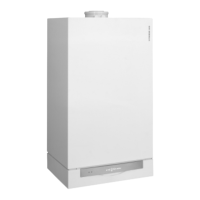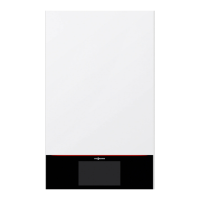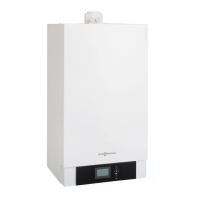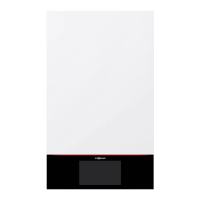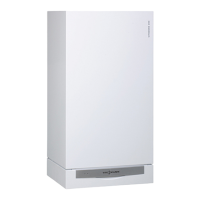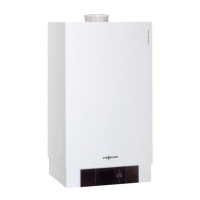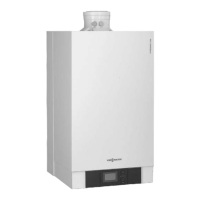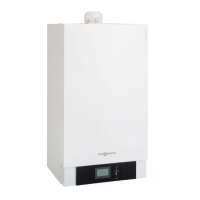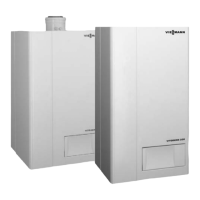What should I check if my Viessmann Vitodens 200-W is showing fault code dC?
- AAmanda ShortSep 2, 2025
If your Viessmann Boiler is showing fault code dC, check the room temperature sensor for heating circuit 3. The fault code indicates a short circuit in that sensor (with mixer).












